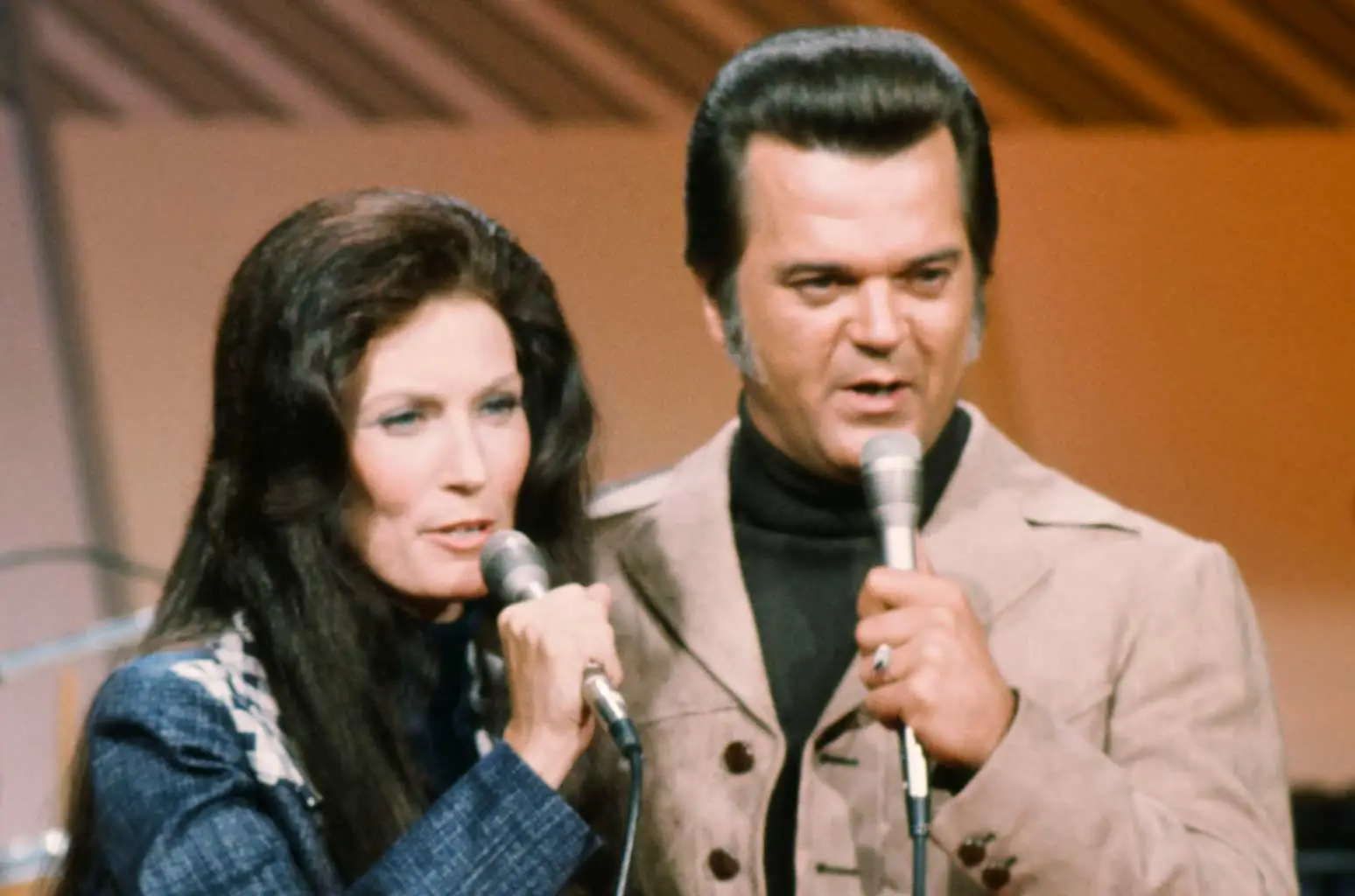
About the song
Conway Twitty’s “To See My Angel Cry” (1969). Now that’s a song that tugs at the heartstrings, isn’t it? Twitty, a legend in the world of country music, was known for his rich baritone voice and his ability to deliver a song with a depth of emotion that resonated with audiences. “To See My Angel Cry” is a prime example of this.
---> Scroll down for the VIDEO
Released in August of 1969, the song marked a turning point for Twitty’s career. Up until that point, he had enjoyed success with rockabilly-tinged country hits, but “To See My Angel Cry” showcased a more mature and introspective side to his artistry. This shift was not only due to Twitty’s own artistic evolution, but also reflected the changing landscape of country music in the late 1960s.
If you look at the charts around that time, you’ll see a movement towards what’s known as the “countrypolitan” sound. This style incorporated elements of pop music and adult contemporary music, resulting in a smoother, more polished sound than the traditional “honky tonk” style that dominated earlier decades. “To See My Angel Cry” perfectly embodies this countrypolitan approach. The instrumentation is lush, featuring a bed of strings and a prominent piano that complements Twitty’s powerful vocals.
---> Scroll down for the VIDEO
But of course, it’s the lyrics that truly elevate the song. Twitty, along with co-writers L.E. White and Curly Putman (who used the pen name Carlton Haney), crafted a narrative that speaks to the universal pain of lost love and regret. The narrator, a man filled with remorse, witnesses his former lover in the throes of heartbreak, caused by a new relationship.
The sting of his actions is all the more potent because he sees the woman he once loved mirrored in another. “She thinks she loves him so,” Twitty sings, his voice thick with emotion, “She don’t know how much it hurts me to hear her beg. Him not to go if she were mine. Again I’d never let the tears fill her eyes…”
The constant refrain of “To see my angel cry” underscores the depth of the narrator’s pain. He has not only lost his love, but he has also shattered the image he held of her – his “angel.” The song doesn’t offer easy answers or a path to redemption. Instead, it lingers on the raw ache of loss, a sentiment that resonates deeply with anyone who has ever loved and lost.
“To See My Angel Cry” was an instant success. It reached number one on the Billboard Hot Country Singles chart, becoming Twitty’s third number one hit. The song also helped solidify his reputation as a country music icon, an artist who could deliver heartbreak with both honesty and grace. So, the next time you hear those opening notes, take a moment to appreciate the artistry of Conway Twitty and the timeless emotions captured in “To See My Angel Cry.”
Video
Lyrics
See her there, see her crying she thinks she loves him so
She don’t know how much it hurts me to hear her beg him not to go
If she were mine again I’d never let the tears fill her eyes
She don’t know how much it hurts me to see an angel cry
Once she built her world around me and like a fool I tore it down
And she begged me not to leave her just the way she’s doing now
Now she’s begging to another with that same hurt in her eyes
She don’t know how much it hurts me to see an angel cry
I didn’t know how much I loved her ’til she turned and walked away
I didn’t know how much I’d hurt her ’til I say her here this way
If she were mine I’d hold her forever and dry the tears from her eyes
She don’t know how much it hurts me to see my angel cry
She don’t know how much it hurts me to see my angel cry